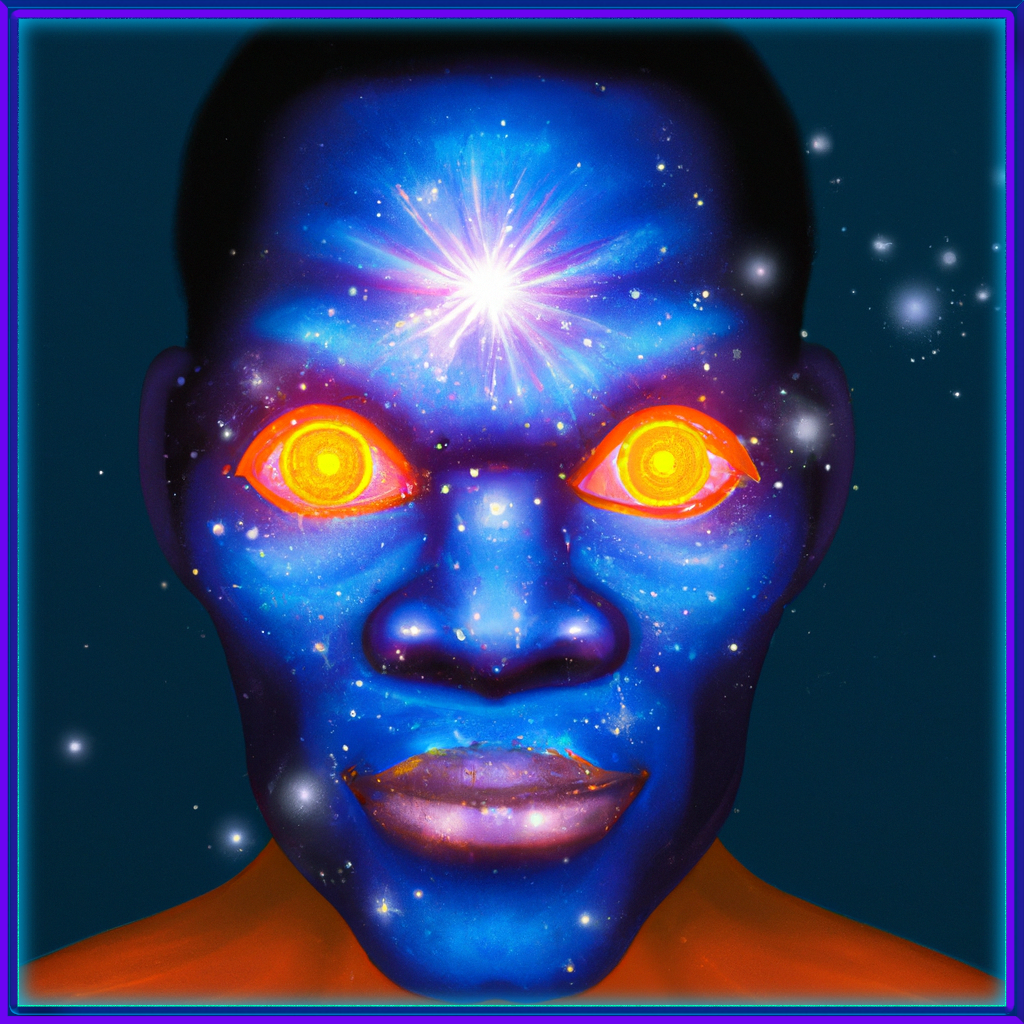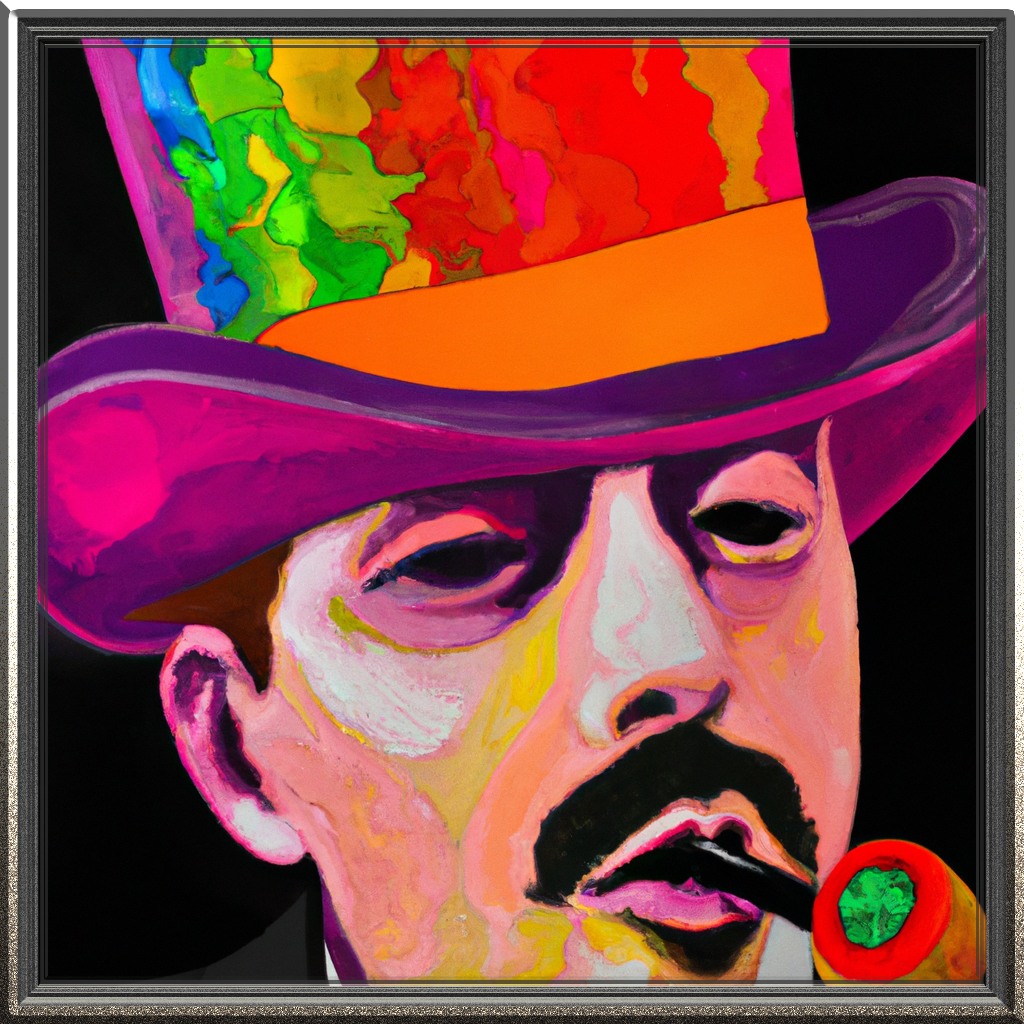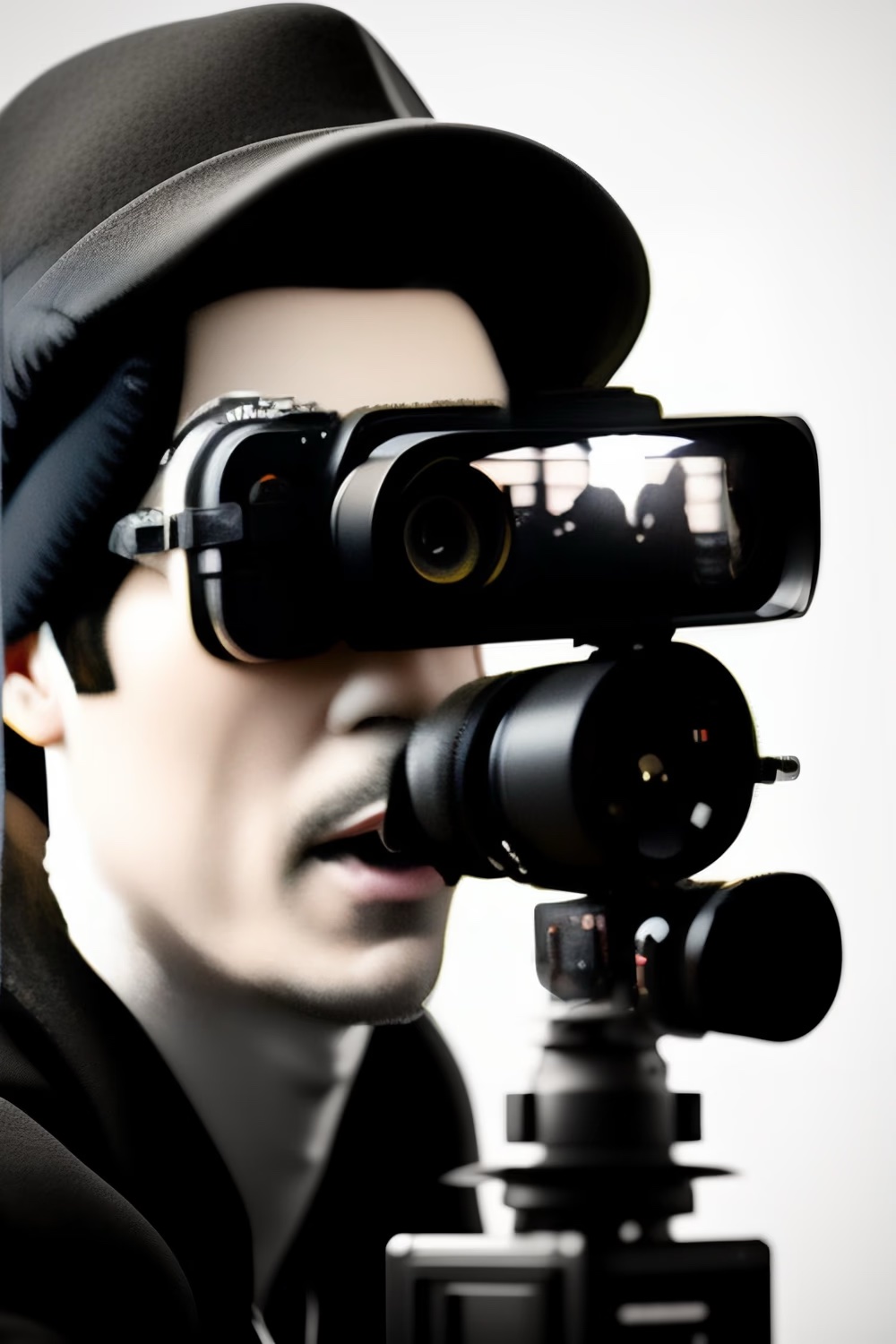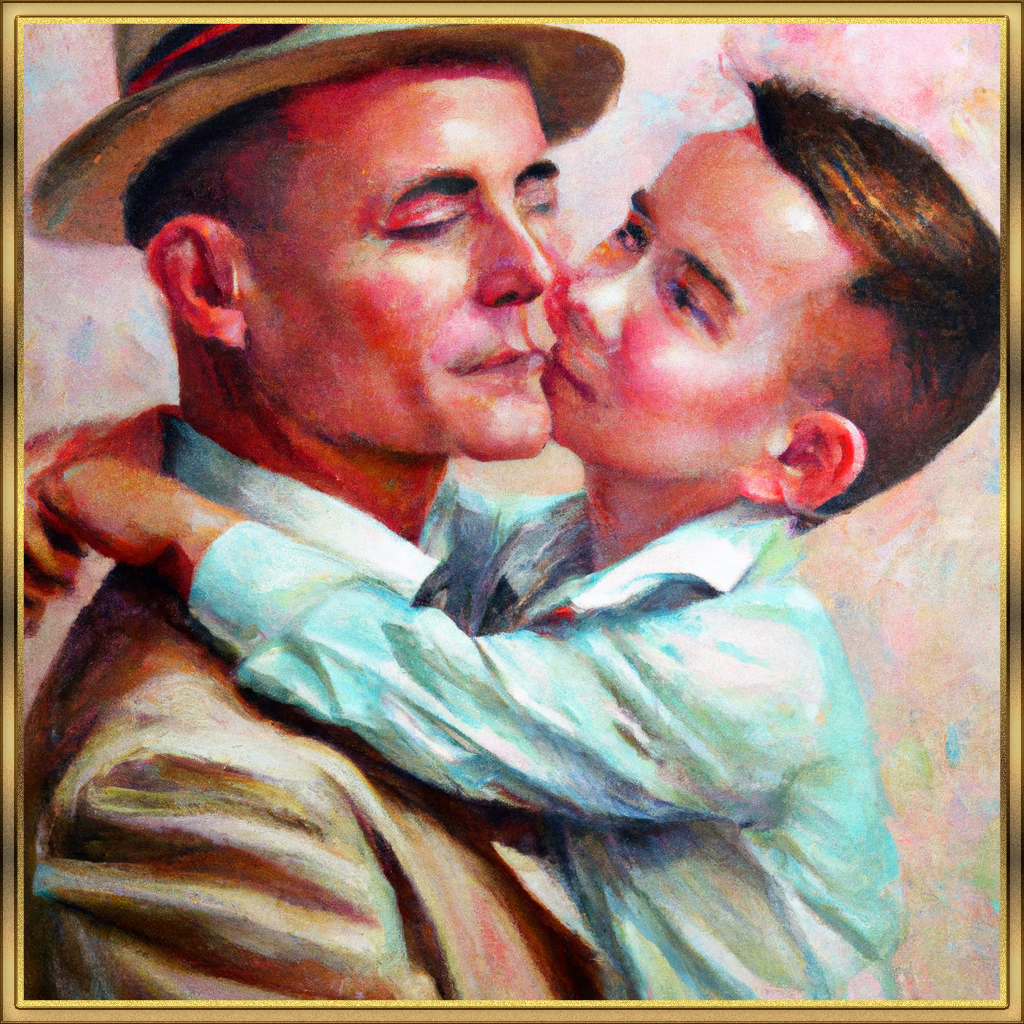
Guide for Music and Mix Submissions to Compatible Music and CMR Radio
Guide for Music and Mix Submissions to Compatible Music and CMR Radio
We are excited to expand the reach of our longstanding CMR Radio show, which has been a cornerstone of our record label since its inception. Originally featuring a select group of close members and artists who released music on our label, we are now opening the doors to all passionate and skilled DJs who want to share their mixes and grow within the industry.
With the recent collaboration and ongoing communications, we are proud to introduce Nytefix & Sim as our music ambassadors and A&R representatives. Their passion and dedication to music have reinvigorated our platform, and they are here to help artists of all calibers shine on our shows.
Submitting Your Music and Mixes
We are now accepting submissions for our CMR shows. Here are the guidelines to get you started:
1. Mix Duration:
Minimum 1-hour mix or longer.
2. Tracklist:
Provide a tracklist for each mix. A screenshot is acceptable.
3. First-Time Submissions:
Include an artist profile image.
Provide all available social links.
Share any bio information we can use to introduce you to our audience.
4. Preferred Format:
Raw recording without a limiter.
Not mastered WAV export.
Benefits of Becoming a Member
Featured on Our Website: Get a dedicated profile.
Access to Groups: Network and collaborate with other artists.
Show Setup Assistance: Receive guidance from Nytefix & Sim.











